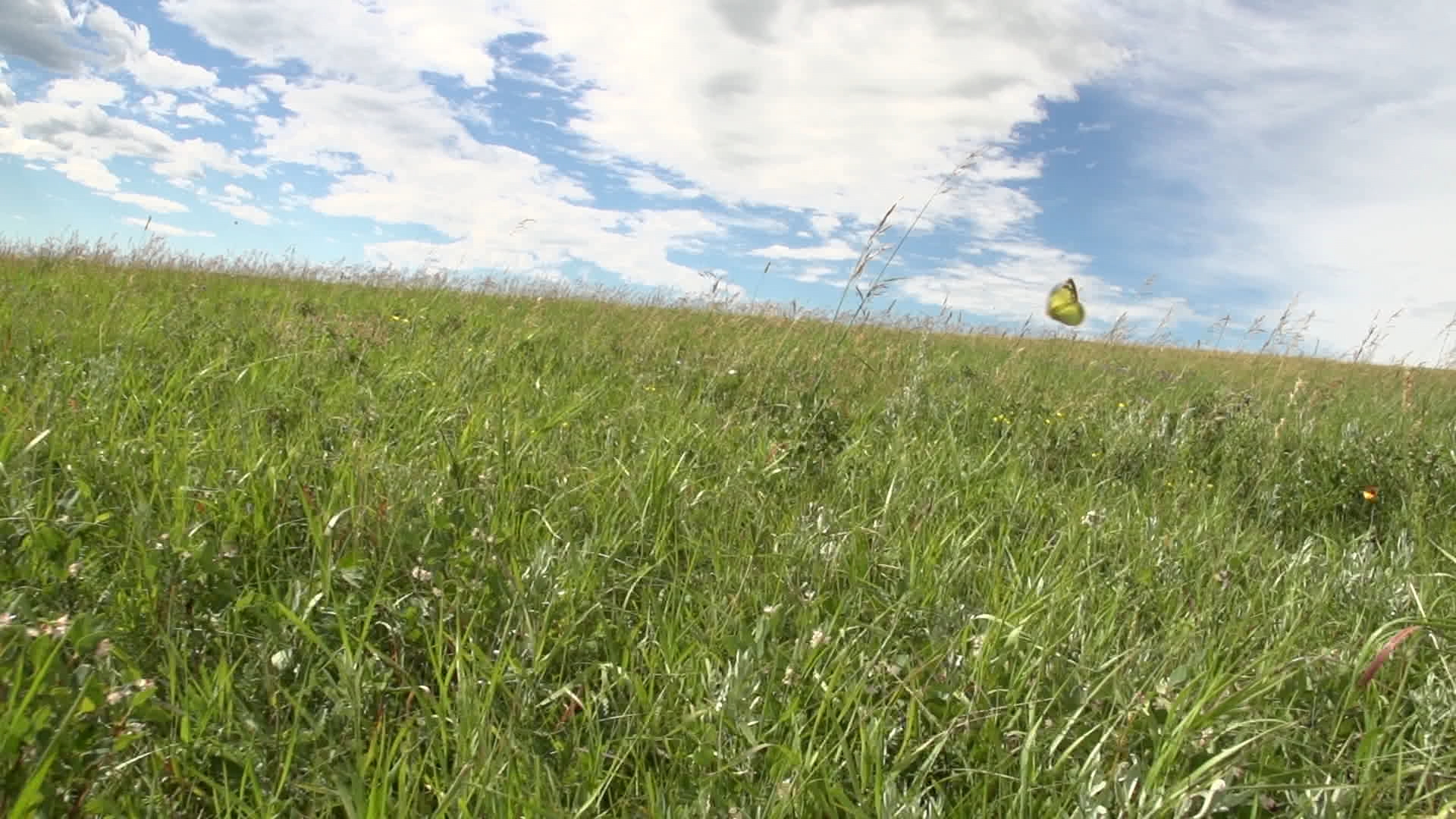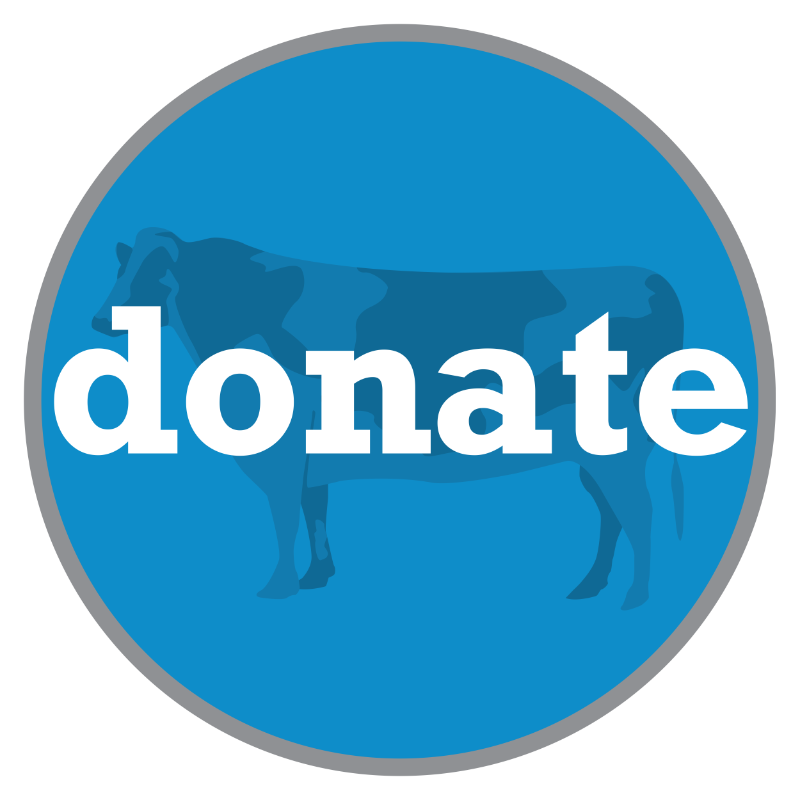stories behind the stories
the uniqueness of will harris’ white oak pastures
100,000 beating hearts
Will showed me that focusing on soil health can have different grazing approaches – Will does not practice AMP grazing – he stacks enterprises, grazing 10 different types of animals (beef, pork, poultry and more) on the same land, in a grazing order that promotes symbioses, pest control, productivity and profit.
Will made me realize that the north star isn’t a specific practice, it’s soil health.
Show me healthy soil, and you’ve got my vote.

from behind the camera
On all but the last part in the documentary (herd impact), I filmed solo, running the camera, the mics, and my mouth. This way of filming gives me the chance to really get to know the farmers and ranchers – and let them talk candidly, without a crew distracting them. I do have to keep an eye or 2 on the camera (and hope I haven’t hit the autofocus button by mistake) but I am able to let the folks in front of the camera know I am listening to every word they say. I try to keep real quiet and not say “uh-huh” and “right” and regular conversational stuff like that. I smile and nod my head a lot.
But then my editor Hal started editing in my off-camera questions, and I slowly was becoming a bit of a presence in the films. Then other folks were thinking it would be good to see me ask the questions.

So, for herd impact, I hired a former student from my ASU documentary class, Chris Smith, to grab the camera while I jumped out with the ranchers. I felt like I was shirking my job by not filming, I felt a bit naked without the camera. I was hoping it would work, and when Hal gave me the thumbs up after he had watched the footage, I committed to being in the films from here on out (we have one in production right now – stay tuned). Now I have to think about what I am wearing before heading out on a shoot – not my strong suit.
